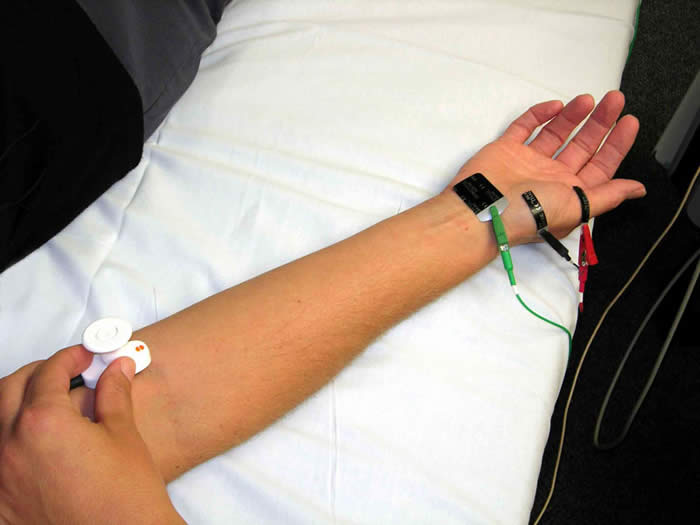


These tests are generally performed only when physical examination does not reveal the cause of the disease.Īn EMG and nerve conduction studies may be performed when a person has unexplained neuromuscular symptoms such as:ĮMG and nerve conduction studies are not performed on people who have Why are EMG and nerve conduction studies performed?ĮMG and nerve conduction studies are commonly performed together to diagnose whether a neuromuscular disorder is caused by muscle or nerve damage, in order to accurately diagnose and provide appropriate treatment. Signals from the brain to the muscles to function.Signals of sensation from the tissues to the brain.A mild electric impulse stimulates the nerve, and the resulting neural activity demonstrates how well the nerves are conducting Nerve conduction studies are performed with electrodes placed on the skin to stimulate specific nerves. Electrical activity during voluntary muscle movement.Spontaneous electrical activity during rest.The muscle’s electrical activity displays on the EMG’s monitoring device, highlighting to doctors important functional information such as: ElectromyographyĪ thin needle electrode is inserted into the muscle. A neurophysiologist stimulates specific nerves and muscles and studies the resulting activity to evaluate if the nerves and muscles are functioning normally. Nerve conduction studies and needle electromyography ( EMG) are tests performed to assess the health of nerves and muscles. Electromyography and nerve conduction studies use electrodes to test the function of nerves and muscles to diagnose various problems.


 0 kommentar(er)
0 kommentar(er)
